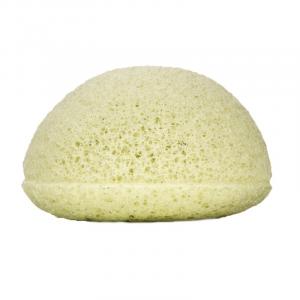Green clay (Solum fullonum)
Other names: Green clay, Argile verte
Harm score: 1 (Natural substances)
Green clay, also known as Solum fullonum, Green clay or Argile verte, is a natural substance characterised by its light green to azure green colour. It comes from sedimentary rocks and is mined mainly in areas of volcanic activity, where it is of the highest quality. Green clay is used mainly in cosmetics, but also in medicine. Its uses are manifold, as the clay has a high content of minerals and trace elements such as magnesium, calcium, potassium, copper, zinc, selenium, silicon, aluminium, iron, phosphorus, silicic acid and others.
Specifically in the cosmetic industry, green clay is mainly used in face masks, baths, creams, balms or body lotions for its cleansing, regenerating and refreshing effects. It improves skin elasticity and tone, promotes blood circulation and removes dead skin cells. It is also used in shampoos and conditioners where it helps to nourish and strengthen the hair and scalp. In medicine, green clay is used because of its detoxifying and anti-inflammatory abilities. It is included in some ointments and poultices for skin problems such as acne, eczema or psoriasis. It has also been used successfully in preparations for aphthae and oral ulcers. In addition, green clay also finds use in homeopathy and in the production of toothpastes.
Green clay (Solum fullonum) can be found in the following products
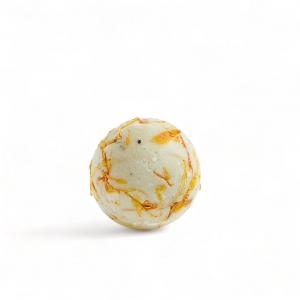
Bath bomb with macadamia oil - Lime (50 g)
Product detail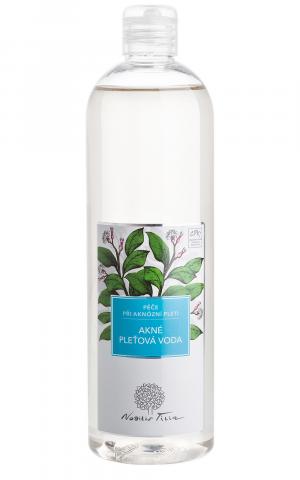
Acne lotion 500ml
Product detail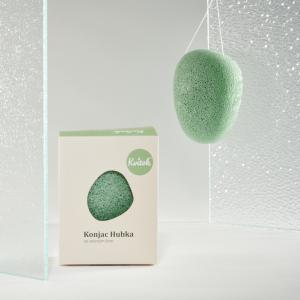
Cleaning sponge Konjac with green clay (body)
Product detail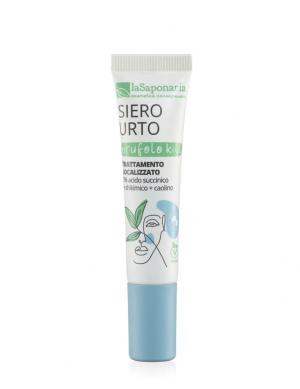
SOS Acne Serum Brufolo Kill BIO (15 ml) - quick help for pimples
Product detail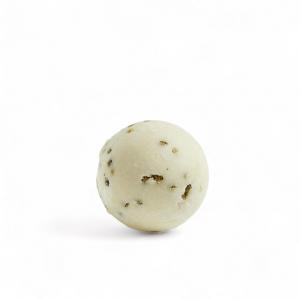
Avocado oil bath bomb - Aloe vera & lemongrass (50 g)
Product detail